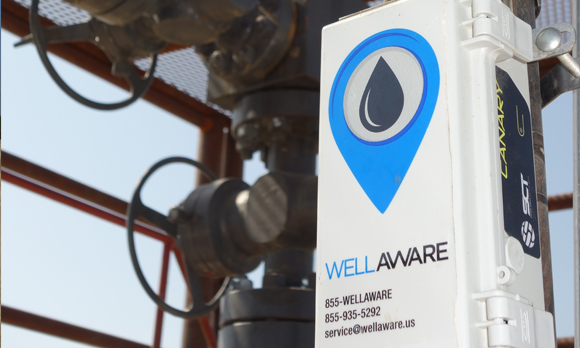forbes.com
The surge of connected devices and the Internet of things will bring electricity to every corner of the world. This presents electric utilities a key opportunity to carve out a new identity, if they move quickly.
We’ve entered a time when energy is needed everywhere – consumers today expect it. From smart phones, thermostats and kitchen appliances to electric vehicles and wireless-charging furniture, we’re consuming more electricity and using more connected devices today than ever before.
Even across the developing world, where in some parts basic energy access is still considered a luxury, mobile phones and smartphones are empowering consumers. About half of Africa’s population owns a mobile phone and people already pay their utility bills using mobile payments, while farmers use them to monitor weather reports and crop market prices.
The Internet of Things (IoT), fueled by the rapid expansion of digital technology, has created a virtual web of smart, wireless and inter-connected devices that are transforming the way we live and work. Additionally, consumers are increasingly interested in generating their own power through, for example, solar panels supported by home-battery storage.
As a result, the utilities industry has never before faced such significant and fast-moving changes to traditional business models.

A technician repairs mobile phones in his shop at the black market of the Koumassi quarter in Abidjan, Nigeria. August 12, 2015. KAMBOU SIA/AFP/Getty Images
What is a utility to the changing energy consumer? Is it a simple provider of electricity? A financial advisor on energy management? A retailer of smart appliances and other devices? An energy-related data services company? A provider of electric-vehicle charging services or self-generation energy products? Or even a home-security services company? Or is it all of these things?
And how do utilities fit into the quickly evolving energy ecosystem, with its new network of competitors that have entirely different skills and strengths, including retailers, internet service providers, telecommunications and cable companies, and automotive manufacturers?
Expansion of the IoT means that energy is soon going to be everywhere and it will inter-connect all these smart devices and appliances. The good news is that utilities are uniquely positioned to carve out a new identity and a successful business model if they move quickly.
Accenture ’s recent survey The New Energy Consumer: Unleashing Business Value in a Digital World, showed that two-thirds of global energy consumers would be interested in products to help them save electricity – up from 56% last year, while as many as 69% said they would be interested in participating in an energy management program to help them conserve energy. More than three-quarters of consumers also said they have taken energy-efficiency actions in the past year, including installing energy-efficient light bulbs, reducing appliance usage, using appliances in non-peak times, and lowering thermostat settings.
More than half also said they would be interested in becoming power self-sufficient, although this varies dramatically between countries, with a much stronger bias towards the economies with lower electrification rates like South Africa, Indonesia or Brazil. Additionally, 52% said they plan on installing solar panels in their home by 2020.
According to this research, after specialist providers, utilities are consumers’ preferred choice for these types of products and services.
Importantly, utilities are generally also seen as trusted custodians of customers’ private data and information about their energy usage. As energy and everyday devices become increasingly connected, an unprecedented amount of personal information about consumers’ habits and their households is becoming available, magnifying the importance of this digital trust. Our research found that 65% of consumers showed confidence in their energy provider to secure and protect their personal data and information about their energy usage. This rose to 76% amongst regular users of digital channels, such as mobile, online or social.
Utilities need to take advantage of this before new competitors move in on them.
With President Obama’s Clean Power Plan and the upcoming global climate change conference, COP21, to be held in Paris at the end of this year, clean energy and energy conservation is fast becoming a favorite topic of debate between politicians, business leaders, and the public.
I firmly believe that cleaner energy sources are only part of the larger answer. A much more important and effective solution is greater energy efficiency and utilities could play a critical role in educating, advising and creating new products and services to help monitor, manage and reduce energy consumption. Their customers are clearly interested.
For utilities, this shift will require strategic investments in digital technologies, collaboration with regulators, and cross-industry alliances and partnerships. Utilities have an opportunity to move quickly and lead the charge for industry change. After all, this is their turf – it’s just evolving with greater competition.








